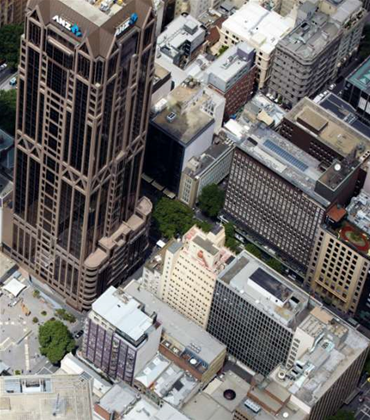Mobile equipment vendor Ericsson and electronics giant Philips are proposing that street lights are used as in-fill cellular access points in cities, providing a revenue source while slashing power usage through improved efficiency.

Called Zero Site, the two companies call the concept Lighting-as-a-Service. It features both mobile access points and smart monitoring of the lights, cameras and environmental sensors.
For mobile network operators, renting street lighting pole access would allow them to improve 3G and 4G coverage and performance without having to go through expensive and lengthy consent applications to build new sites.
The cell sites are placed on top of the street lights, with the multi-baseband units, site controller, battery and power supply buried underneath the pole.
Each pole, with its integrated electronics, can be deployed in a day, Ericsson claims.
As an additional bonus, the light emittion diode (LED) bulbs used in the street lights are more efficient than existing sodium and mercury vapour ones. Philips estimates that power savings for cities are in the fifty to seventy per cent range.
Ericsson did not say how much power the cell site itself would consume.











 iTnews Executive Retreat - Security Leaders Edition
iTnews Executive Retreat - Security Leaders Edition












_(1).jpg&h=140&w=231&c=1&s=0)



